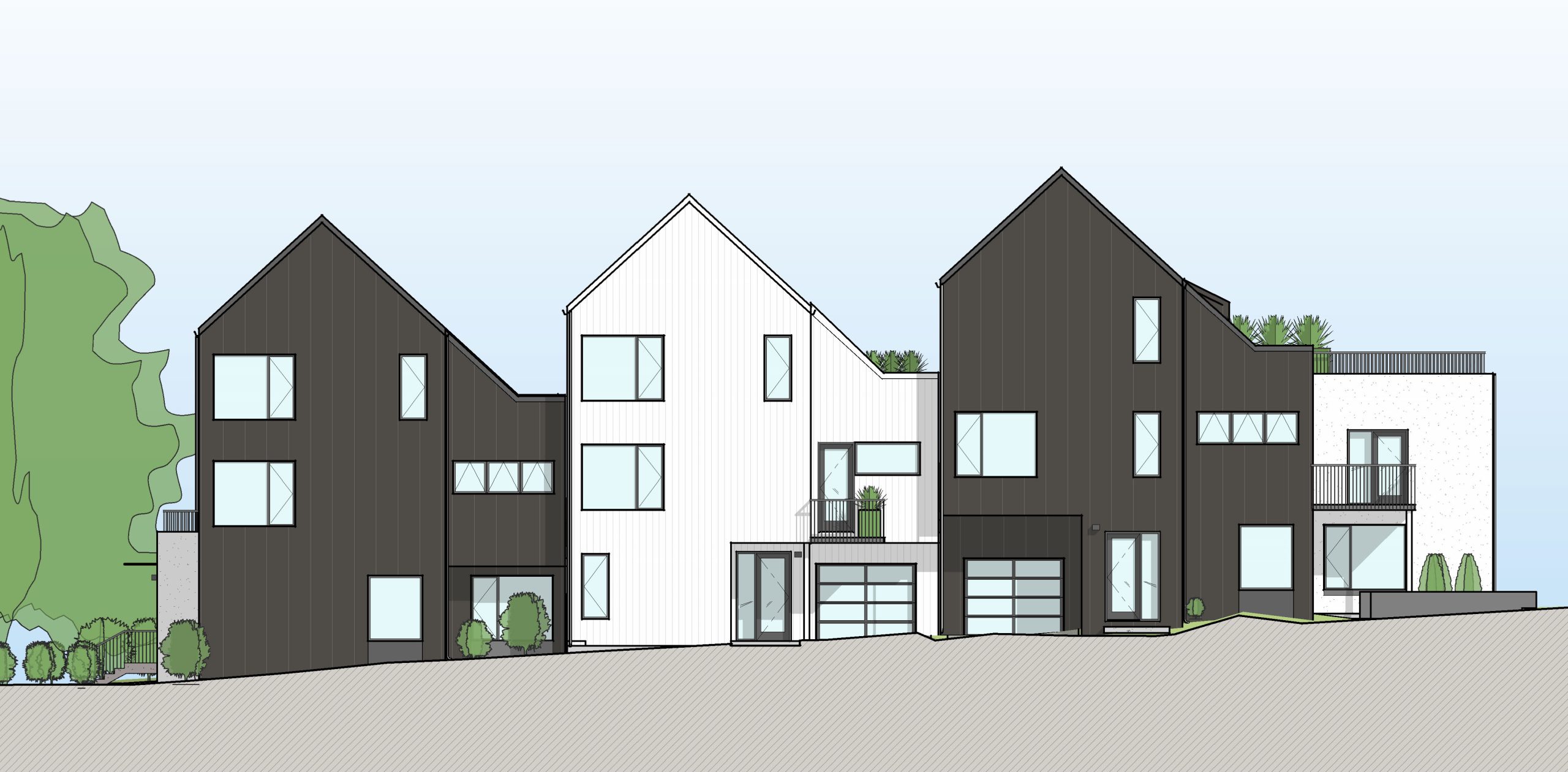THINKING: housing
AB 1893: A Strategic Builder’s Remedy Update in California

As California continues to grapple with a severe housing shortage, legislative efforts to boost housing production are important drivers in addressing the issue. Assembly Bill 1893 (AB 1893) is a key update to the builder’s remedy, allowing developers to bypass local zoning restrictions in areas where housing production has lagged. This legislation introduces important guidelines designed to enhance the builder’s remedy, ensuring that new developments are more effectively aligned with the state’s housing goals while considering environmental and community impacts.
AB 1893 adds structure to the previously flexible framework of the builder’s remedy, introducing site restrictions, establishing maximum and minimum density limits, and permitting local jurisdictions to enforce specific objective standards. These changes will influence how developers approach projects, especially in regions where local governments have struggled to meet their housing obligations.
How AB 1893 Updates the Builder’s Remedy to Address Housing Affordability
One of the most impactful changes in AB 1893 is the introduction of stricter affordability requirements. Previously, projects had to meet one of two criteria to qualify for Builder’s Remedy: they either needed to designate 20% of units as affordable for lower-income households or make 100% of units affordable for moderate- or middle-income households.
Under AB 1893, the options have broadened and now include multiple affordability pathways:
- 7% of units designated for extremely low-income households
- 10% of units for very low-income households
- 13% of units for lower-income households
- 100% of units for moderate-income households
- Projects with 10 units or fewer on sites smaller than one acre can qualify if they meet a minimum density of 10 units per acre, regardless of affordability level
This adjustment allows developers greater choice in meeting affordability requirements, and it emphasizes varied income levels within affordable housing projects. AB 1893 also introduces a requirement for affordable units to match the bedroom and bathroom counts of market-rate units, ensuring that affordable housing meets comparable standards within each development.
Jurisdictions can impose their own affordability requirements if they demonstrate these won’t make a project financially unfeasible, though they cannot exceed a 20% set-aside or add extra local inclusionary demands.
Site Restrictions and Density Limits
Another key element of AB 1893 builder’s remedy update is the introduction of site restrictions. While the builder’s remedy originally allowed for projects to be proposed on a wide range of parcels, AB 1893 imposes new limits, excluding sites that are adjacent to heavy industrial uses or areas that pose environmental risks. This change addresses community and environmental concerns, ensuring that housing developments are located in safe, suitable areas.
In addition to these site restrictions, AB 1893 establishes both maximum and minimum density limits for builder’s remedy projects. Maximum density is determined by a site-specific formula, and while developers can still propose high-density projects, the law sets clear guidelines to prevent overly dense developments in inappropriate areas. In transit-oriented locations, developers are required to meet minimum density thresholds, ensuring that land near major transportation hubs is used efficiently to support higher-density housing.
These density rules represent a balancing act: they give developers the flexibility to maximize the use of available land, especially in urban areas, while also ensuring that projects remain in line with the surrounding community’s capacity and character. The requirement for local jurisdictions to impose objective standards further encourages community input in shaping the development process.
The Role of Objective Local Standards
One of the criticisms of the original builder’s remedy was its perceived “free-for-all” nature, where developers could push forward projects with little regard for local zoning standards. AB 1893 changes this dynamic by allowing jurisdictions to impose certain objective local standards—provided these standards do not prevent the project from reaching its proposed density. This approach not only allows local governments to maintain some control but also requires them to be transparent in their standards, promoting a dialogue between developers and the community.
For developers, this means that while local jurisdictions have regained some control, the rules they impose must be transparent, quantifiable, and designed to facilitate development rather than block it. This compromise ensures that projects align with state housing goals while maintaining respect for local concerns, particularly around design and neighborhood compatibility.
What AB 1893 Means for Developers and Housing Projects
AB 1893 builder’s remedy update represents a new phase in California’s effort to address its housing crisis, blending state mandates with local input in a more structured way. For developers, these changes present both opportunities and challenges. On the one hand, the streamlined entitlement process remains intact, allowing developers to push projects through in non-compliant jurisdictions. On the other hand, the new affordability, site, and density requirements demand careful planning and execution to ensure that projects meet all criteria.
The introduction of stricter affordability requirements, in particular, will require developers to think strategically about financing and partnerships. Additionally, navigating the new site restrictions and density calculations will likely require deeper collaboration with legal and planning professionals to ensure compliance.
Enhancing the Builder’s Remedy: A New Framework
AB 1893 refines the builder’s remedy by introducing key restrictions and requirements that aim to create more balanced, thoughtful housing developments across California. While developers must now navigate a more complex landscape, these changes also open new doors for projects that can help meet the state’s urgent need for affordable housing. By understanding and leveraging these new parameters, developers can continue to play a critical role in solving California’s housing crisis.